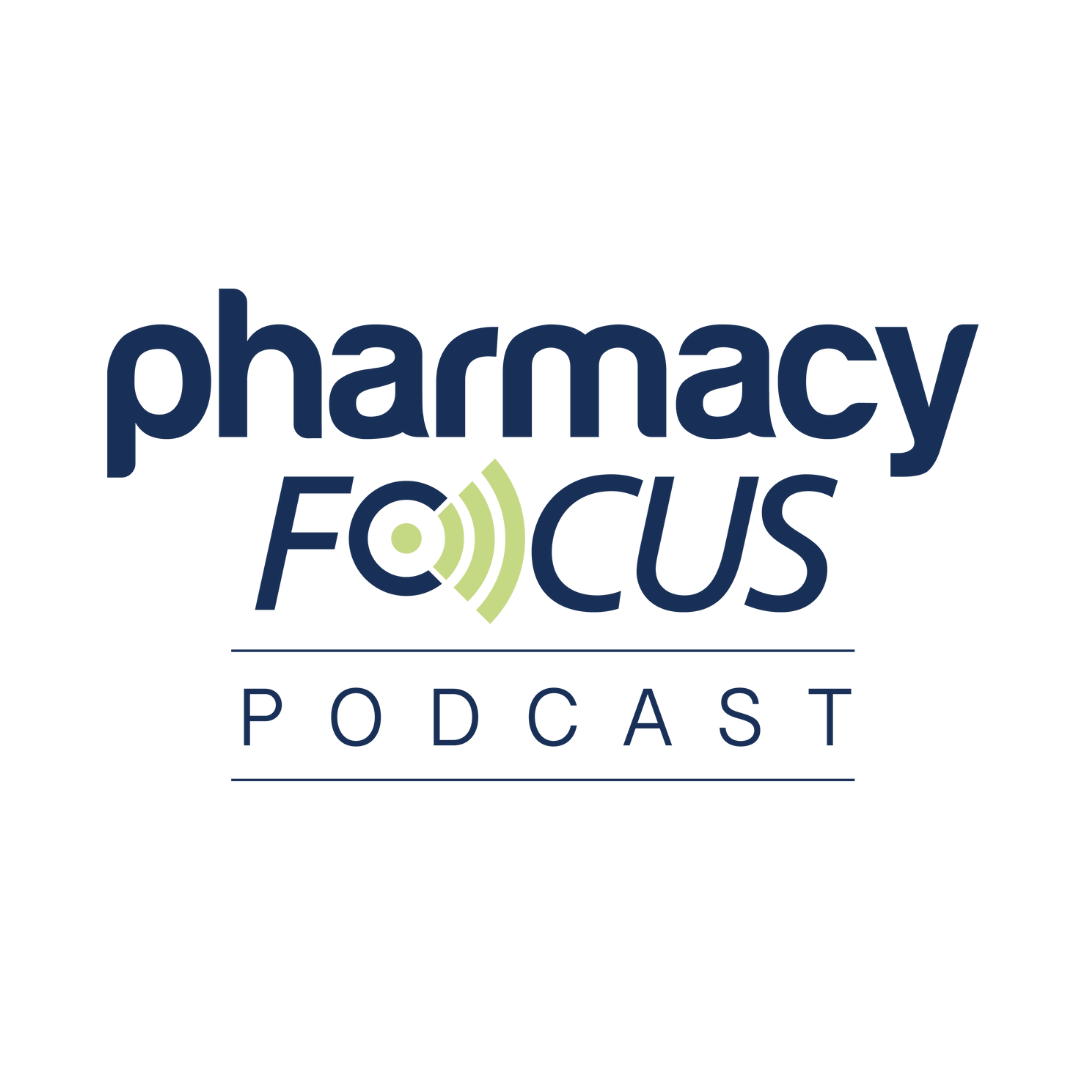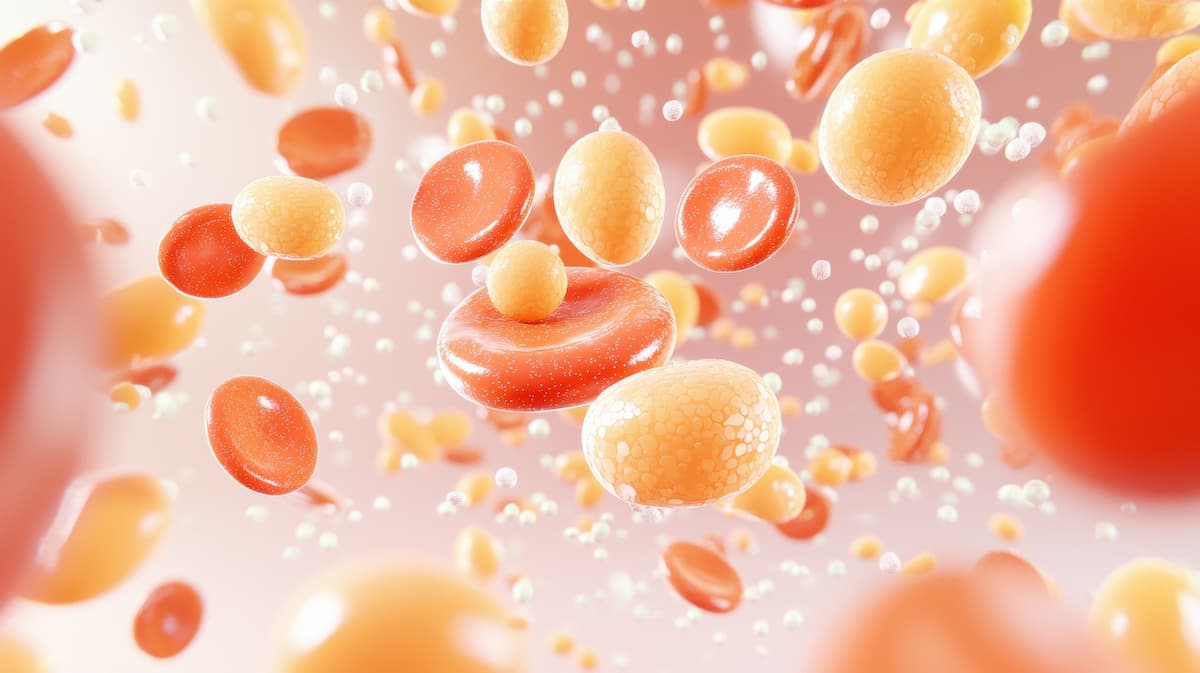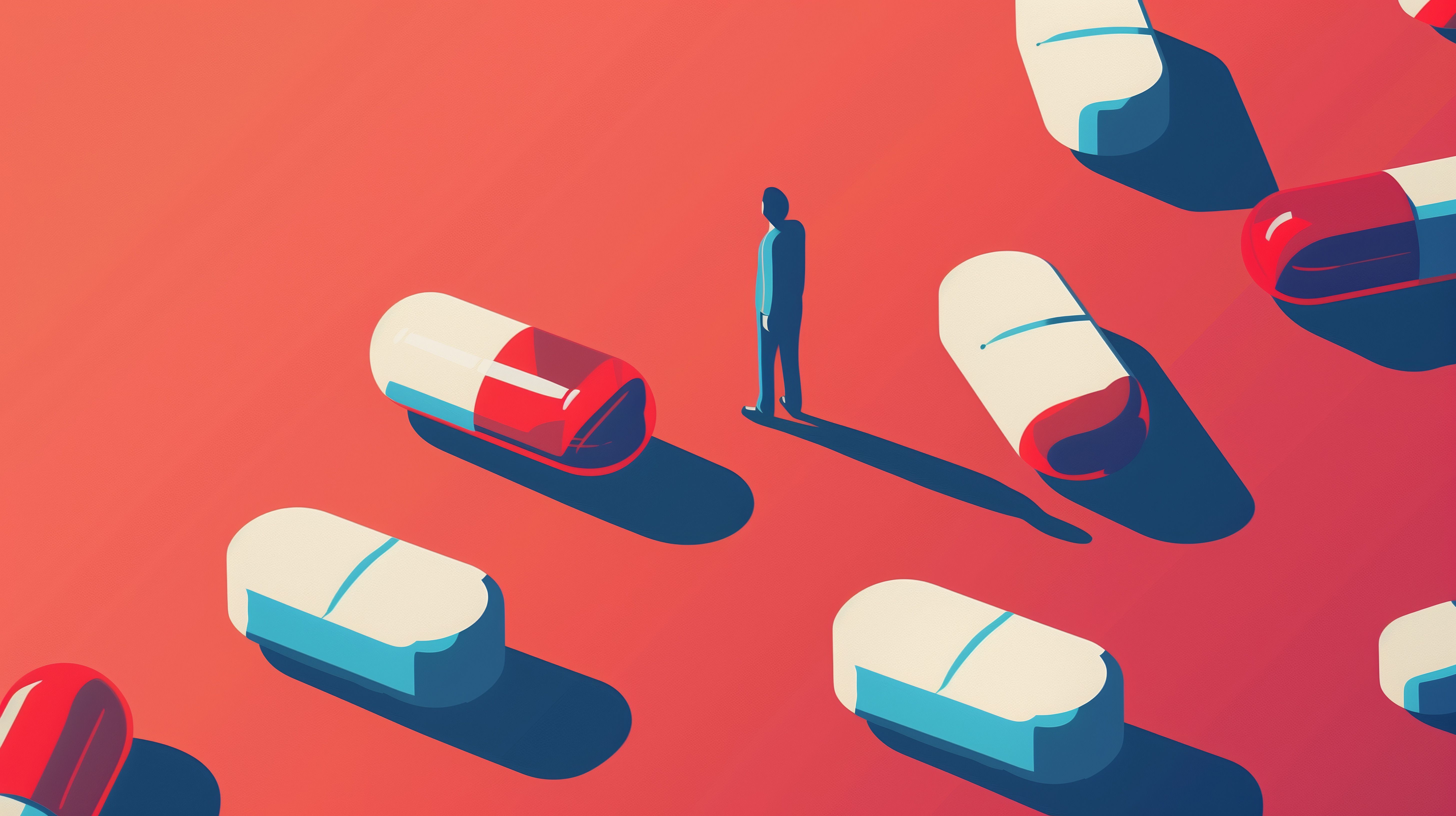
Commentary
Video
McKesson ideaShare 2025: Micro-Access Pharmacies Are Expanding Care in Underserved Communities
Pharmacy deserts continue to grow across the US, leaving vulnerable populations with limited access to essential medications and care. In this discussion, health care leaders Niki Shah, MHSA, MBA, CCHW, and Raj Chhadua, PharmD, discuss how micro-access pharmacies—strategically embedded within federally qualified health centers (FQHCs)—are working to close those gaps. They explore the model’s potential for improving medication adherence, addressing social determinants of health, and creating a sustainable care solution for underserved communities.
Q: What are the most significant barriers patients face in underserved areas when it comes to accessing essential medications, and how do micro-access pharmacies aim to overcome these?
Niki Shah, MHSA, MBA, CCHW: I think everybody has seen the recent closures of pharmacies across the country. Simply, a lot of the pharmacies that have closed are in these communities. So sheer access is an issue in itself. Then you layer on some of the other barriers that people in these communities have, like transportation—how do they get to the pharmacy? Accessing proper nutrition, so that the medications they’re taking actually work. There are a lot of multi-layered barriers that people face in these communities, and not having access, especially in communities where pharmacies may be the only point of care, makes it even more difficult and makes this work even more important.
The micro-access pharmacies—we call it Project MAP—are really meant to address these pharmacy deserts, specifically in areas like community health centers where they may not have access. Sometimes this becomes the only point of access in town, and hopefully that helps with more access to those medications.
Q: How does the placement of a micro-access pharmacy within a federally qualified health center (FQHC) improve care continuity and medication adherence compared to traditional referral models to external pharmacies?
Raj Chhadua, PharmD: A lot of times, what we’ve noticed is that the federally qualified health centers, FQHCs, provide really good care in these rural areas. They’re providing that service care, but then when they let the patient go, there’s a disconnect on drug fulfillment to close out those health care outcomes.
That gap comes through—where’s the pharmacy to serve them? Having these micro pharmacies that are affiliated or closely tied to these federally qualified health centers allows us to potentially increase the likelihood that the patient obtains their medication. If there are any barriers to getting their medications, that pharmacy and that pharmacy team can help the patient navigate that.
The last portion is really to enhance health outcomes by coaching and educating the patient on why they need to take that medication. It’s really a seamless A-to-Z connectivity from clinic-based care to pharmacy wraparound services.
Q: What are the unique considerations pharmacists must account for when operating a micro-access pharmacy inside an FQHC?
Chhadua: One of the things we had to make sure we had a strong understanding of was the community we were serving—this underserved population and what their needs truly are. In addition, what are the needs that the FQHC has as well?
Putting those together and then figuring out what pharmacy services we can provide that complement what they need.
Q: Can you speak to how micro-access pharmacies can serve as a sustainable solution rather than a temporary intervention in pharmacy deserts?
Shah: Yeah, I think the key is what Raj mentioned: embedding them at the point of care. When patients have mistrust in the community, federally qualified health centers are often the source of truth. Embedding the pharmacy in that trusted care venue supports the long-term needs that patients have.
So when we look at where and how to place these pharmacies—working in conjunction with Raj's very successful formula of developing these—we look at a lot of different things. We want to make sure this is not just a short-term fix. We want to ensure that where the needs are identified, we’re able to not only address those needs through placing the pharmacy there, but also evaluate things like the patient mix, the patient payer mix, the prescription mix.
What are the needs? What’s the panel size? What’s the viability of the business model? We want to make sure that once we have the access point, it doesn’t go away.
It’s a very rigorous process. Raj and others were on an advisory committee that actually looked at the viability of these sites before we pursued all six of them. Making sure this is not a here-today, gone-tomorrow situation was really important in evaluating this effort.
Q: In your experience, what role does the pharmacist play in addressing social determinants of health in the micro-access pharmacy model?
Chhadua: Me, being a pharmacist, I can tell you one of the biggest pieces is ease of access. I believe pharmacists are the most accessible health care providers in general. When you look at this group, a lot of times the community pharmacist or the independent pharmacist and their staff truly represent the community.
Often, they’ve been there and have close relationships with a lot of the patients in that area. Their cultural competency helps enhance care and build trust with the patients in that demographic.
Another aspect is that the community pharmacist helps bridge the gap in education, access, and support—not just in pharmaceutical areas but in others as well, like food deserts or other care resources.
In the long run, pharmacists have been pivotal in the community for a very long time. They've been integrated, and to me, this is just enhancing that process in an area that might have lost a strong pharmacy or has been overlooked.
Newsletter
Stay informed on drug updates, treatment guidelines, and pharmacy practice trends—subscribe to Pharmacy Times for weekly clinical insights.
2 Commerce Drive
Cranbury, NJ 08512
All rights reserved.




